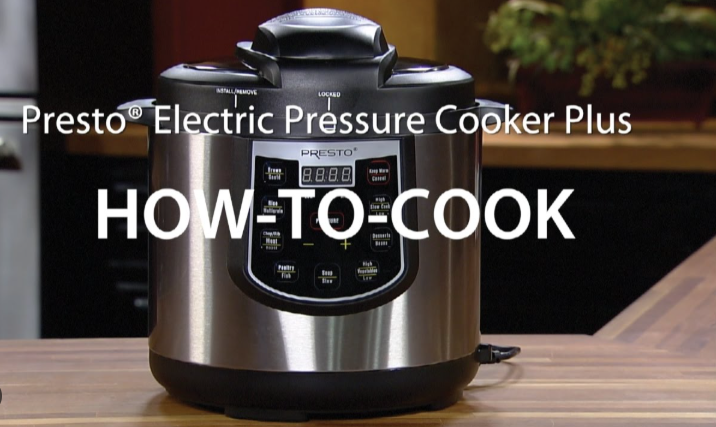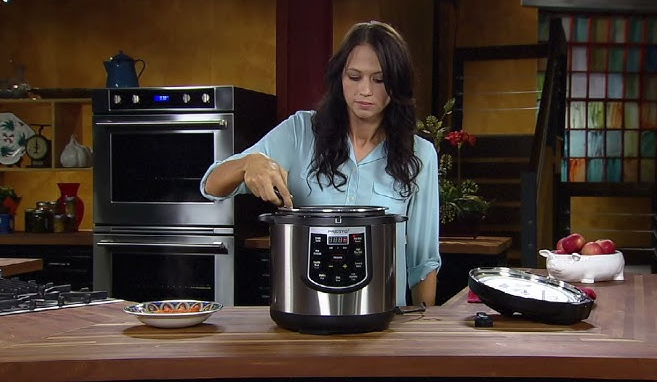In this comprehensive electric cooker review, we explore how to master your electric cooker for effortless meal preparation. Electric cookers, also known as rice cookers or multi-cookers, are versatile appliances that simplify cooking with automated features. They’re ideal for beginners, busy professionals, students, or families looking to streamline kitchen tasks. These devices cook rice, soups, and steamed dishes with precision, saving time and energy compared to stovetop methods. Their portability and energy efficiency make them perfect for small spaces or travel. This electric cooker user guide will walk you through every step, from setup to advanced tips, ensuring you get the most out of your appliance. For more insights, visit our electric cooking tips.
This 2025 electric cooker review covers preparation, a detailed cooking guide, including how to cook rice in an electric cooker, maintenance advice, and troubleshooting. We’ll also answer common questions and conclude with encouragement to cook confidently. Whether you’re using a basic model or a smart portable electric cooker, this guide is beginner-friendly and practical. Always refer to your cooker’s manual for model-specific details. Let’s dive in and make cooking with electric cooker a breeze!
What You Need Before Using
Preparation is crucial for success, as outlined in this electric cooker review. Start with the essentials: your electric cooker, which typically includes the main unit, inner pot, lid, measuring cup, and spatula. If these accessories are missing, source compatible ones from the manufacturer to ensure safety and performance.
Check your cooker’s compatibility with your power source—most require 120V or 220V outlets, depending on your region. Confirm the capacity suits your needs: 3-5 cups for individuals or small households, 8-10 cups for larger families. Choosing the wrong size can lead to spills or uneven cooking, so plan accordingly.
For electric cooker safety, place the appliance on a flat, heat-resistant surface, away from water to prevent electrical hazards. Inspect the power cord for fraying—replace if damaged. Use in a well-ventilated area to manage steam buildup, and never leave it unattended while on. For portable electric cooker users, ensure the unit is secure during transport to avoid mishaps.

Before first use, clean the inner pot, lid, and accessories with warm soapy water, rinse, and dry thoroughly to remove manufacturing residues. Measure ingredients precisely—use the provided cup for rice or liquids. For rice, a 1:1.5 rice-to-water ratio is standard for white rice; adjust for brown or sticky varieties.
Read the user manual for model-specific instructions on buttons, settings, and warnings. For electric cooker maintenance, clean after each use to prevent buildup and extend lifespan. Gather ingredients like rice, vegetables, or broth in advance. Keep children and pets away from hot surfaces, and use oven mitts for handling.
Use a dedicated outlet to avoid overloading circuits. In areas with unstable power, a surge protector is wise. For electric cooker safety, unplug after use and let it cool before cleaning. These steps ensure a smooth electric cooker setup. For additional guidance, check our cooker guide.
Step-by-Step Cooking Guide
This electric cooker review offers a detailed electric cooker user guide for beginners. We’ll cover preparing ingredients, electric cooker setup, selecting modes, starting the cooking process, testing doneness, and electric cooker troubleshooting.
Preparing Ingredients
Begin by preparing your ingredients. For how to cook rice in an electric cooker, rinse 1-2 cups of rice under cold water until clear to remove excess starch, ensuring fluffy results. Drain well. For soups, chop vegetables like carrots or onions and measure broth or water. Season with salt, herbs, or spices early to enhance flavor. For steaming, place vegetables or proteins in the steamer basket. Prep takes 5-10 minutes but ensures even cooking.
Setting Up the Cooker
Plug your electric cooker into a stable outlet on a flat surface. Insert the clean inner pot, add your ingredients (e.g., rinsed rice and water), and secure the lid until it clicks. Select the cooking mode using buttons or dials. Basic models have “Cook” and “Warm” settings; advanced ones offer presets for rice, steam, or soup.

For portable electric cooker users, ensure the unit is stable. Check the lid seal to prevent steam leaks, which can affect cooking performance.
Selecting Modes
Choose the appropriate mode for your dish. For rice, select “White Rice” or “Brown Rice” for optimized timing. Use “Steam” for vegetables or fish, adding water below the basket. “Soup” or “Stew” modes are ideal for slow simmering. If your model lacks presets, set manual times: 20-30 minutes for rice, 45-60 for soups. Start with simple modes to master cooking with electric cooker.
Starting Cooking
Press “Start” or flip the switch—the indicator light confirms operation. Steam vents release pressure, so keep them unobstructed. Avoid opening the lid mid-cook to retain heat and ensure even cooking. The cooker automatically switches to “Warm” when done, keeping food at serving temperature without overcooking. Cooking time varies by quantity and dish—smaller batches cook faster.
Testing Doneness
Once the cooker switches to “Warm,” wait 5-10 minutes for settling. Open the lid carefully with oven mitts to avoid steam burns. For rice, fluff with a spatula and check for tenderness. For soups, taste for seasoning and texture. If undercooked, add a bit of water and restart for a short cycle. For steamed items, test with a fork—they should be tender yet crisp.
Troubleshooting
For electric cooker troubleshooting, address common issues: if it won’t start, verify the plug and lid seal. Burnt food? Increase water or clean the pot thoroughly. Overflow? Reduce ingredient quantities. Uneven cooking? Stir midway if possible. For error codes (e.g., E1), consult the manual—often sensor-related. Clean clogged vents to restore function. If issues persist, unplug and let the cooker cool before retrying. This electric cooker review addresses most problems, but your manual is key.
With practice, you’ll master electric cooker recipes like vegetable stir-fry, porridge, or steamed fish. Start simple and build confidence over time.
Tips for Successful Cooking
Elevate your experience with these best electric cooker tips from our electric cooker review. For electric cooker maintenance, clean the cooled inner pot with a soft sponge—avoid abrasives to protect non-stick coatings. Remove detachable parts, wash, and air dry to prevent mold. Never immerse the base in water; wipe it with a damp cloth.
For electric cooker safety, use wooden or plastic utensils to avoid scratching. Store in a dry place to prevent damage. Save energy by cooking in batches and leveraging the “Warm” mode’s residual heat. Opt for energy-efficient models with good insulation.
Experiment with electric cooker recipes like quinoa, oatmeal, or steamed eggs for variety. Add seasonings post-cook for flexibility. For portable electric cooker use, pack securely for travel and check voltage compatibility. Avoid overfilling to prevent spills. Inspect lid seals monthly for wear and descale quarterly with a vinegar-water mix to remove mineral buildup.
These practices ensure longevity and safety while cooking with electric cooker. For more recipe ideas, explore our electric cooker.
Frequently Asked Questions
This electric cooker review answers common questions to enhance your electric cooker user guide.
What Happens If Power Goes Out?
If power cuts off mid-cook, the process halts. When power resumes, restart if less than halfway done; otherwise, check doneness manually. Discard food if left warm too long to avoid spoilage.
How to Fix Common Issues?
For electric cooker troubleshooting, fix steam leaks by tightening the lid or replacing the seal. No heat? Check the outlet or fuse. Sticky rice? Adjust water ratios. Regular cleaning prevents most issues.
Do You Need Professional Help?
Minor fixes like cleaning or part replacement are DIY-friendly. For electrical faults or persistent errors, consult a technician to avoid risks. Check your warranty for repair coverage.
Is It Safe for Travel?
Portable electric cooker models are travel-safe if compatible with local voltage. Pack securely in carry-on luggage, and check airline rules for smart models with batteries. Use in hotels with reliable power.
Conclusion
This electric cooker review highlights the ease and versatility of electric cookers, making them a must-have for modern kitchens. From straightforward electric cooker setup to diverse electric cooker recipes, these appliances simplify meal prep with safety and efficiency. Start with basic dishes, experiment, and enjoy healthier, hassle-free meals.
Ready to take your skills further? Discover more electric cooking tips to cook confidently in 2025!